When transporting industrial cargo, especially metal pipes, semi-truck drivers must implement precise measurement techniques to ensure safe and efficient hauling. In this guide, we will elucidate the methods and tools used by drivers to measure metal pipes on their trailers, addressing the essential aspects of this crucial process. Through a structured examination, we will provide insights that may not be immediately apparent yet are pivotal for optimizing logistics and enhancing operational proficiency.
Understanding the Importance of Accurate Measurement
Accurate measurement of metal pipes is paramount for several reasons:
- Weight Distribution: Proper measurement aids in evenly distributing the load, essential for safe maneuvers and compliance with road regulations.
- Load Security: Knowing the dimensions of the pipes ensures that they are properly secured, reducing the risk of shifting during transit.
- Transport Compliance: Road regulations often dictate standards for cargo dimensions and weight, requiring precise measurement to avoid fines and penalties.
Key Measurement Considerations for Metal Pipes
- Pipe Length: Measuring the length is critical to ensure compatibility with the trailer and capabilities of the towing vehicle.
- Diameter: Knowing the diameter assists in determining how many pipes can be loaded while maintaining stability and security.
- Weight: Weight measurements are essential for legal compliance with weight limits on highways and for mechanical considerations regarding vehicle capability.

Tools and Techniques for Measuring Metal Pipes
Semi-truck drivers employ various tools and techniques to measure metal pipes effectively. Here we detail the most common methods and tools used in the industry.
Using Measuring Tools
| Tool Type | Description | Best Use Case |
|---|---|---|
| Tape Measure | A flexible tool that allows for measuring length and circumference. | Ideal for quick field measurements. |
| Caliper | Precision instrument for measuring diameter and wall thickness. | Essential for exact pipe specifications. |
| Laser Distance Measurer | A device that uses laser technology to measure distances quickly and accurately. | Best for measuring long lengths without physical contact. |
| Weighing Scales | Digital scales specifically designed for heavy loads. | Necessary for ensuring weight compliance. |
1. Tape Measure: The Most Accessible Tool
The tape measure is prevalent in the trucking and logistics industry. It can measure lengths up to 25 feet easily, and for longer pipes, it may be combined with other methods or tools. Drivers will often:
- Extend the tape along the pipeline to gain an exact length reading.
- Wrap the tape around the pipe’s circumference to determine its diameter.
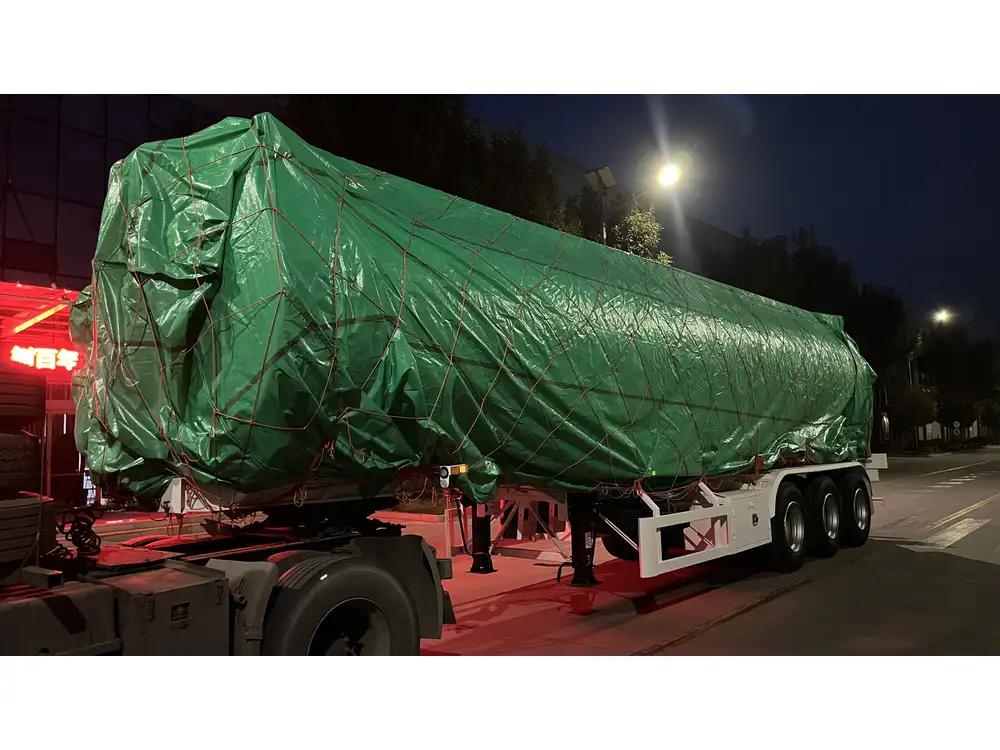
2. Calipers for Precision
When it comes to specifics, particularly for different pipe wall thicknesses, a caliper is indispensable. It provides an accurate measurement of the internal and external diameters, crucial for load assessment. Techniques include:
- Outside Measurements: Capture the external diameter to understand the overall load.
- Inside Measurements: Gauge the internal diameter for transporting hollow pipes or fitting requirements.
3. Laser Distance Measurer for Long Distances
For longer pipes spanning significant lengths, laser distance measurers provide an advanced solution. Utilizing laser technology, these devices can take accurate readings up to several hundred feet without the need for two human operators. To use this tool effectively:
- Point the laser at the desired target.
- Record the automated digital readout as the distance measurement.
Weighing Considerations
Irrespective of the measurement method used, assessing the weight is pivotal. Overweight loads can break regulations and severely endanger road safety. This can be achieved effectively through the following approaches:
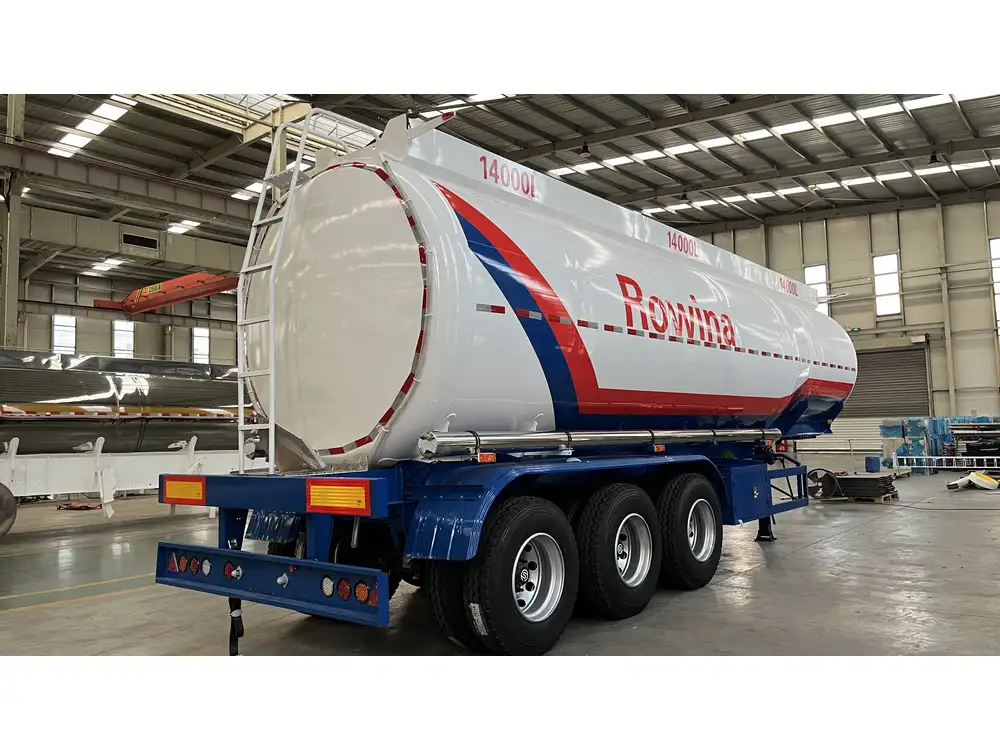
Axle Scale Systems
Using portable axle scales allows drivers to weigh their load directly on the trailer. These scales can be placed under each axle and provide an accurate weight reading.
Railroad Track Systems
For more extensive operations, integrating as part of the logistics network, drivers can utilize digital overhead scales or weigh bridges typically available at warehouses and distribution centers.
Documenting Measurements
In the logistics chain, documentation is crucial for maintaining transparency and accountability. Once measurements are complete:
- Create a detailed report of pipe measurements, including lengths, diameters, and weights.
- Utilize software solutions that allow for easy input and retrieval of data to keep track of various cargo loads transported at different times.
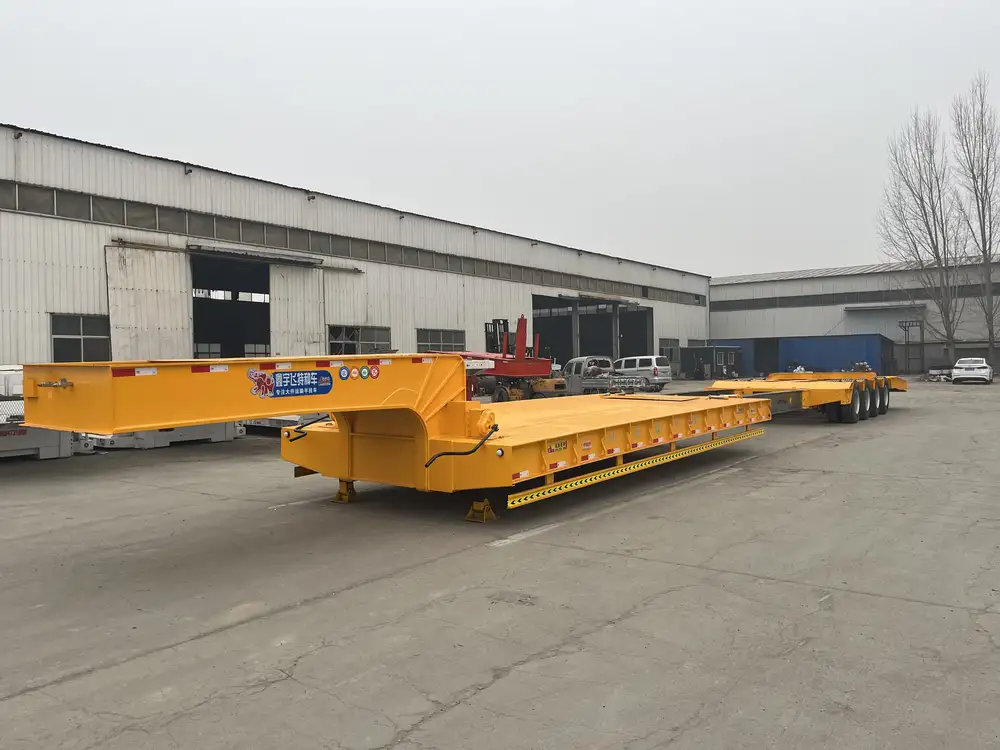
Safety Protocols When Measuring Pipes
Safety is paramount not only when driving but also during the loading and measuring process. Drivers must adhere to the following protocols:
- Personal Protective Equipment (PPE): Always wear appropriate gear, including hard hats, gloves, and safety glasses.
- Proper Handling Techniques: Avoid lifting heavy pipes alone; use tools such as dollies or forklifts when necessary.
- Secured Environment: Ensure that the working area is free of hazards, and if measuring near moving traffic, utilize cones or warning signs.
Factors Influencing Measurement Techniques
Several external factors can influence the methods used for measuring pipes.
Terrain or Environment
- Flat Surfaces: Allows for traditional measuring tools to be utilized more effectively.
- Uneven Terrain: Can pose challenges, potentially requiring specialized equipment like leveling rods or additional personnel.
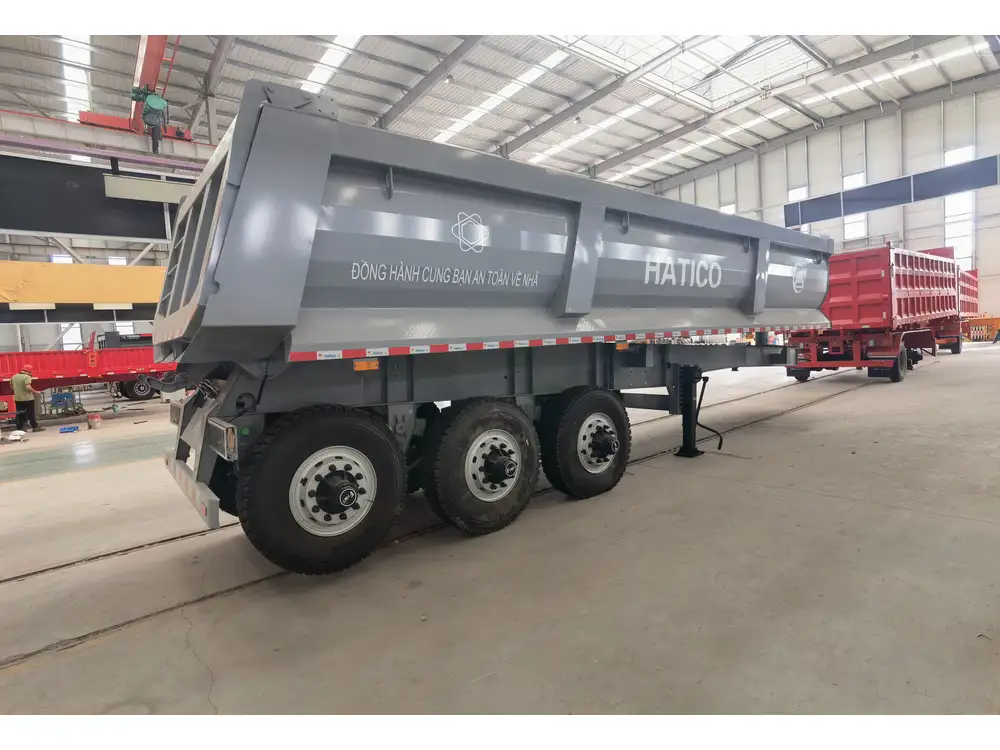
Weather Conditions
- Wet Conditions: May require more care during loading and unloading, and affects the handling of measuring tools.
- Wind Conditions: Strong winds can throw off measurements made with tape measures, especially if measuring long lengths.
Type of Pipe Material
Different materials (steel, PVC, etc.) require consideration of their rigidity and how each behaves under load, which can affect how they are measured, how they should be secured, and how many can be safely loaded onto a trailer.
Additional Considerations
- Regulatory Compliance: It’s vital to remain updated on local and federal transportation regulations regarding load dimensions and weight restrictions.
- Seasonal Changes: Demand for certain types of pipes may vary by season, impacting transportation routes and methods.
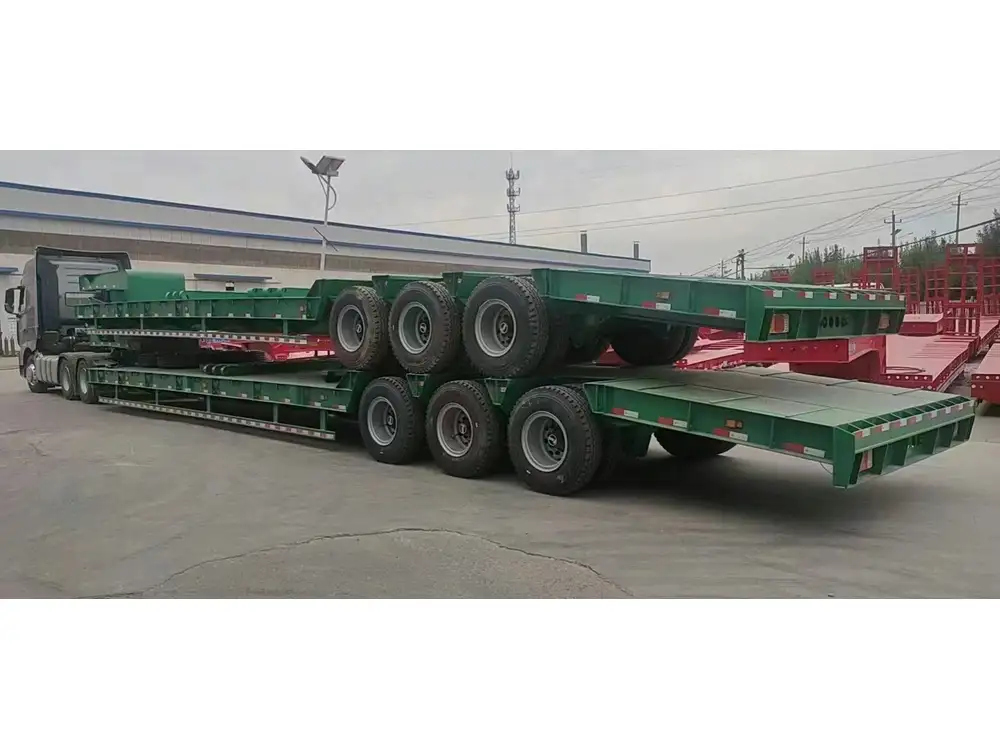
Conclusion: Optimizing Measuring Practices for Metal Pipes
In conclusion, the precision of measurement techniques is an integral part of a semi-truck driver’s operational repertoire, particularly concerning the transportation of metal pipes. By equipping themselves with the right tools, adhering to safety protocols, and staying informed about relevant regulations and environmental factors, drivers can optimize their hauling processes effectively.
A comprehensive understanding, combined with diligent application of these measurement practices, fosters not only a culture of safety but also contributes to operational success in the competitive landscape of trucking and logistics. This diligence ensures that every pipe is accounted for, ensuring smooth transport operations that uphold safety and compliance on the roads.
By maintaining an organized approach and investing in the right measuring tools, semi-truck drivers can promote efficient logistics, enhance productivity, and ultimately deliver superior service to their clients, securing long-term business relationships built on trust and reliability.



